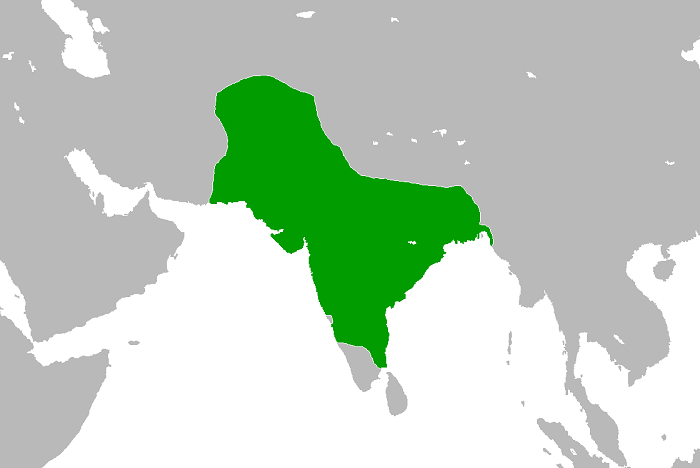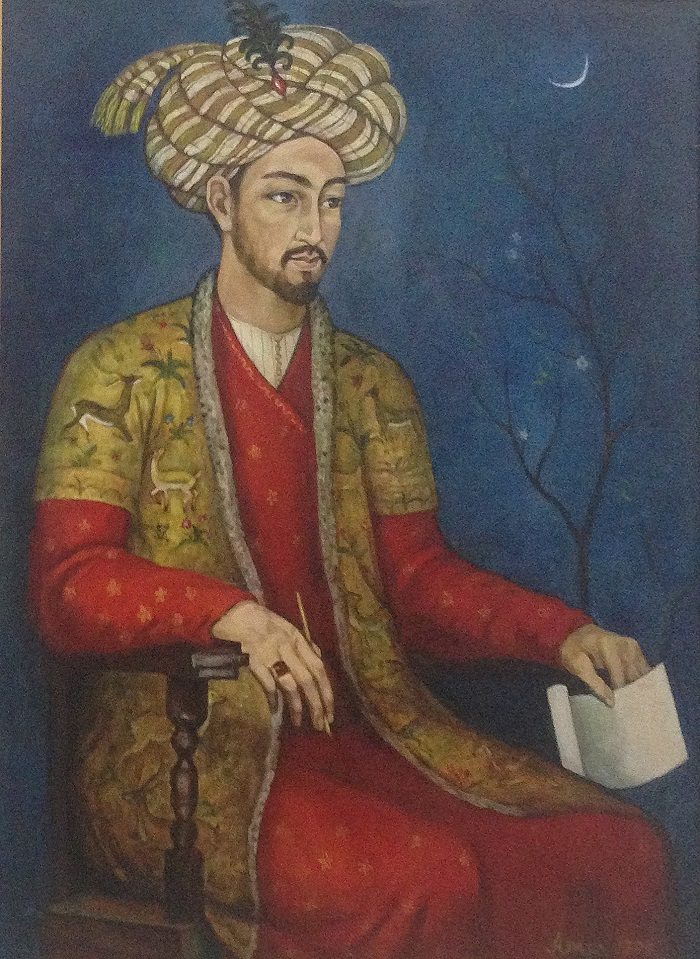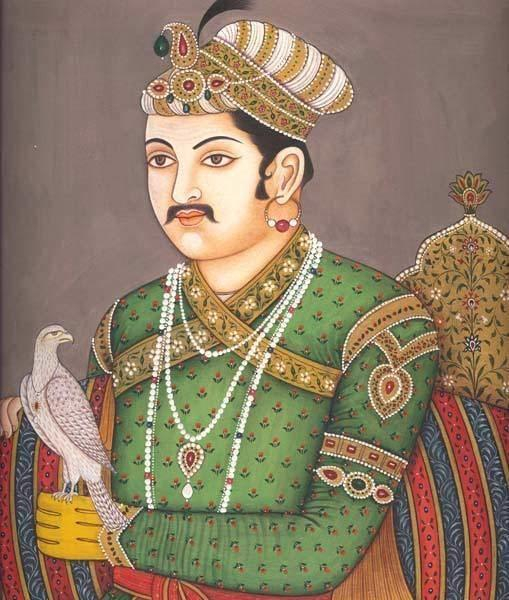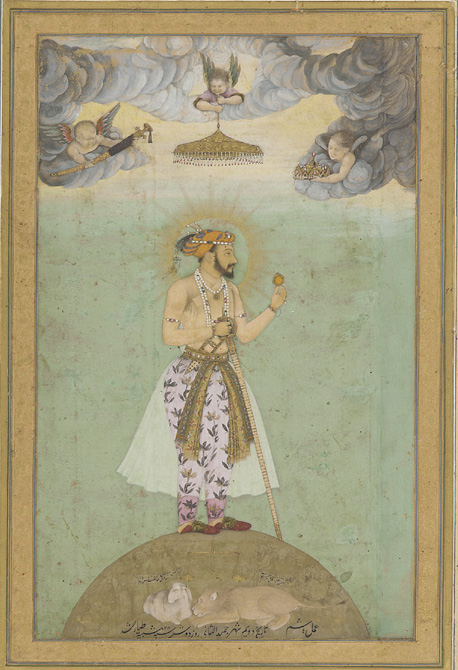

The first Mughal emperor who came to India was Babur. Babur established the Mughal Dynasty which ruled India from 16th to 18th century. Mughals were one of the longestruling dynasties of India. They ruled most of the Indian subcontinent except for some areas in south India. Mughals were one of the most dominating dynasties of India and they were the first to rule the country as their own. Earlier all the other dynasties came from outside India and they had their cultural attachments allegiance to their home country, but the Mughals became Indianised.
They claimed India to be their country and ruled for 200 years and seven generations. The Mughals unified India into a big empire and there were many administration and cultural changes seen during their rule. Mughals had a complex bureaucracy and allowed Hindu rajas to be part of their administration. Mughals for the first time created a good relationship with their contemporary Rajput rajas and made them high officers called Mansabdars. Mansabdars were nobles with the power to collect taxes.

The Mughal tradition of Succession was quite different from other dynasties. Mughals did not have the tradition of choosing the firstborn son as their successor for the kingdom, called primogeniture. Mughals followed the customs of Timurid customs which talk about the equal claim of every son on the throne. It is called coparcenary inheritance.
The equal claim of every son on the same throne bore the seed for bloody conflicts for power in Mughal history. Whenever the emperor seemed weak or died, a new rebellion ignited and princes started fighting each other for the throne. The succession in Mughal history is filled with conspiracies and bloody battles.
The emperor used to divide his kingdoms among his sons and used to make them governors of provinces. The prices had duties to curb the rebellion and protect the empire. But when the princes grow stronger in power they usually rebelled against the king and sometimes fight among themselves, and at last, who became victorious was declared the emperor of the Mughal empire. The Mughal empire was started by Babur.
Babur was the son of Umar Sheikh Mirza, who used to rule Fergana, located in the north of Hindukush mountain. Babur came to power when he was only 12 years old. He concurred with Kabul and Gazni and declared himself the king. He then sought to move toward India.
Babur has always looked toward India because of his Timurid ancestry. He had a regard for Punjab as this region was once ruled by Taimur. He made further advances toward northwest India and captured Sialkot and Lahore. Babur wanted to invade mainland India and was waiting for the right moment. He got an invitation from Dauat khan Lodi to attack Ibrahim Lodi. In the decisive battle of Panipat(1526) Babur defeated Ibrahim Lodi and captured Delhi and Agra.
Babur brought a new mode of warfare, he introduced gunpowder in India. With the skilled marksmanship of his soldiers, he won the Battle of Panipat against Ibrahim Lodi, Battle of Khandwa(1527) Against Rana Sanga, Rajputs of Chanderi(1528) and Afghans in Ghagara(1529). He gave a very powerful start to the Mughals and due to his early demise, he could not form an empire.

After his father’s death, Humayun came to power. Initially, he faced some rebellion from Bahadur shah of Gujrat, which he defeated in 1535. Humayun had to face many difficulties because with the sudden death of Babur, old Afghans were getting back on their feet and an Afghan soldier Sher shah Suri became the biggest enemy of the Mughal empire. He defeated Humayun in the battle of Chausa(1539) and the battle of Kannauj(1540). Humayun had to leave Delhi and he went to Iran. After the death of Sher Shah, he gradually gained control of Lahore and Delhi. He died in 1556, after falling down a staircase in the library.
After the death of Humayun, Akbar came to the throne under the guidance of Bairam khan. In 1556 with the help of Bairam Khan he defeated Hemu in the Second Battle of Panipath and regain his control over Delhi.
Akbar is considered as most important and influential Mughal ruler in India. He adopted the policy of religious tolerance and cemented his relationship with the Rajput rulers by adopting the diplomacy o marriage. He married a Hindu princess.
The Mughal empire expanded exponentially in Akbar's time. He ruled the whole Indian subcontinent from 1556-1605. He removed jizyah and appointed Hindu rajas as highranking officers in his court. He is most famous for his religious tolerance and he formed an Order called Din-e-Ilahi, which was based on the Muslim Sufi brotherhood and open to all.

Jahangir came to the throne in 1605, he had no trouble ascending to the throne as all his brothers had died earlier. He continued the policy of better relations with Hindu rulers as he was the son of a Rajput princess.
His main achievement was gaining control of Mewar, which earlier Akbar had failed to do so. Rana Amar sing was the king of Mewar and Jahangir had done three successive attacks but could not defeat Rana. At last, a truce was established and the son of Rana Amar Singh, Karan Singh came to Jahangir’s court and was graciously received by Jahangir. He made Karan sing a Mansabdar of Rank 5000, and restored his territories in Mewar. He died in 1627.
He became the emperor in 1627, after some challenges. He started extending the Mughal empire in the south. He conquered Golkonda and Bijapur. Shah Jhan was very fond of architecture, he built Moti Masjid, Jami Masjid, Taj Mahal and the red fort in Delhi.
His reign was full of literary works and paintings. He has a great collection of jewels in his court. He ruled the Mughal empire till 1658, till his son Aurangzeb revolted against him an confined him for the rest of his life. He died in prison.

He was one of the four sons of Shah Jhan, he was victorious in the war of succession among his brothers. He had all of his brothers killed and imprisoned his father, the emperor. He had a long reign(1658-1707).
He curbed the Ahom rebellion in 1663, which resurfaced in 1680.
Adopted harsh policies against Hindus and Sikhs.
Faced challenges from Marathas and Shivaji.
Had a very harsh policy against Sikhs; he beheaded Guru Tegh Bahadur Singh, in front of a crowd.
He levied heavy taxes and was an orthodox ruler, who again started Jizya.
His policies had unified his opponents together and after his death in 1707, the Mughal empire crumbled from its heavy weight.
Mughal Empire was one of the longest-reigning empires in medieval India. The empire lasted for two centuries and was the last kingdom of India. It was founded by Babur in 1526 AD. it was different from earlier Medival kingdoms in the sense that, it saw India as its home and unified a big territory into a single empire. Akbar was the most influential emperor, he was famous for his religious tolerance and he expanded his empire. The last powerful emperor of the Mughal Empire was Aurangzeb. After his death, the successors started fighting among themselves and this big empire succumbed to an end.
Q1. What were the changes brought by Babur in the mode of warfare?
Ans. Babur brought the use of Gunpowder to India for the very first time.
Q2. How Mughal dynasty was different from previous Muslim rules?
Ans. Mughals had adopted religious tolerance towards other religions, unlike their predecessors.
Q3. Who was Todar mal?
Ans. Todar mal was the revenue officer of Akbar, Akbar had high respect for him.
Q4. What does Sulh-i-Kul mean?
Ans. It is a Persian word, meaning ‘universal peace’. Akbar started this; it did not allow discrimination based on religion and according to Akbar Justice was universally applicable.
Q5. Who were the Mansabdars?
Ans. Mansabdars were high-rank officers in Mughal courts, they were responsible for the military fulfilment of the emperor, and they were required to provide a certain number of cavalrymen and soldiers.